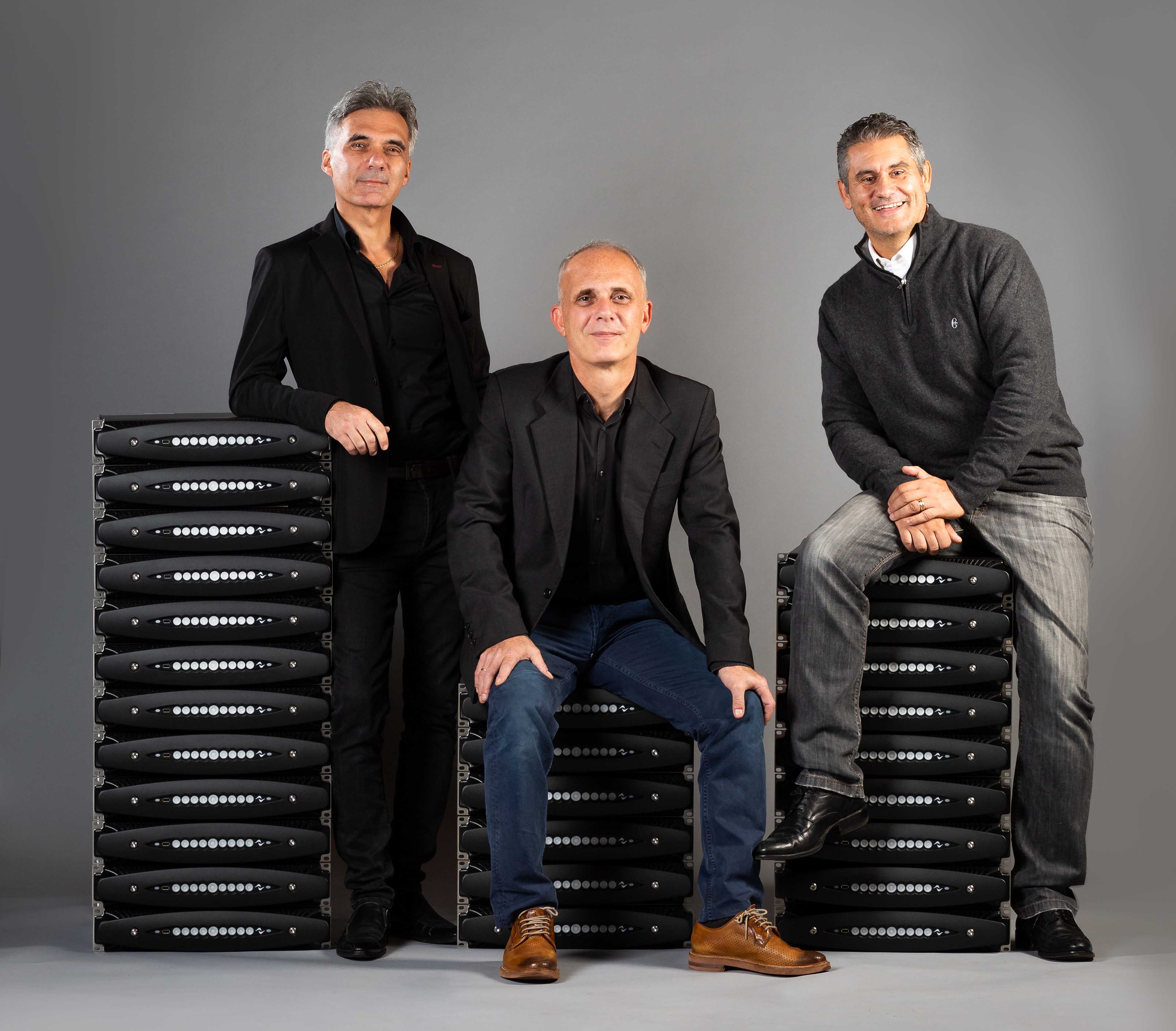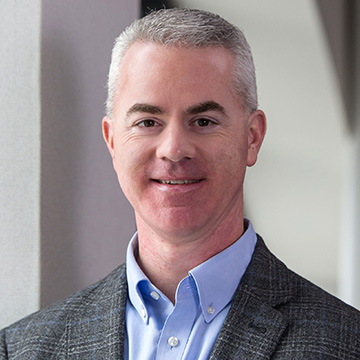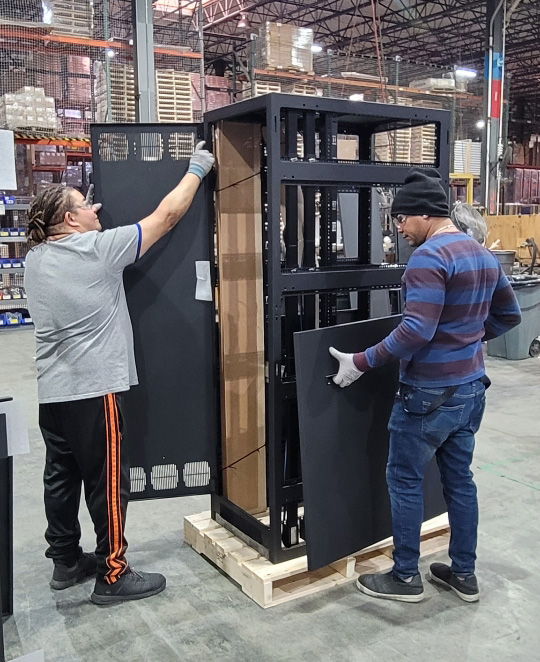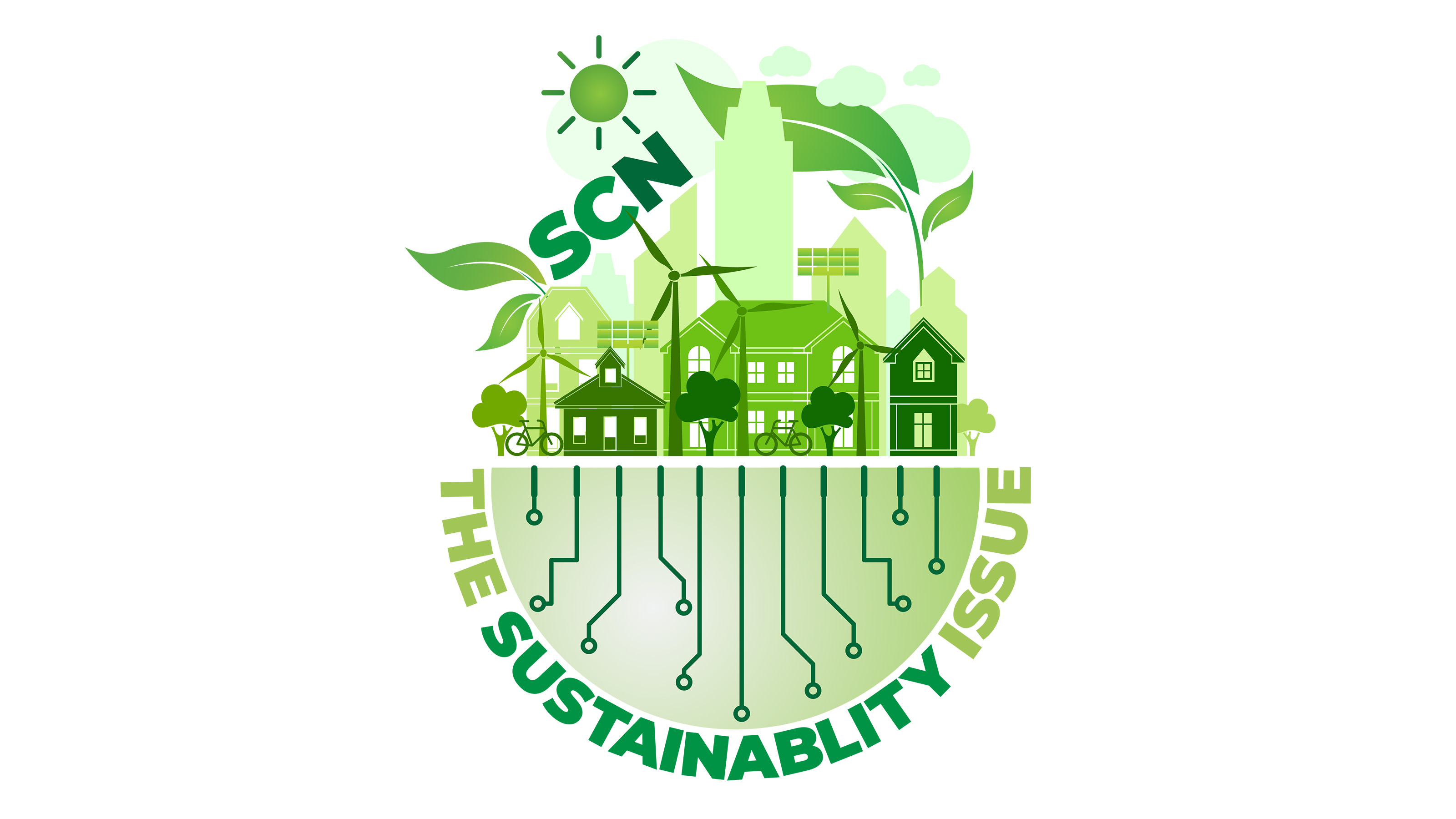Much like a light bulb has a usable life, so do most Pro AV products. After a product runs its course, though, what happens to it? From components to packaging, what parts are reused or recycled? And do companies have policies in place to reduce waste during the manufacturing process?
[Viewpoint: With Systems and Sustainability, Mutual Gains are Possible]
These questions speak to the growing importance of sustainability. While definitions can vary widely, SCN generally defines sustainability as meeting present technological needs while minimizing long-term environmental impacts and raw material usage.
Commitment to Conservation
Thankfully, many companies serving the Pro AV industry already have sustainability programs. Yamaha, for example, participates in several initiatives, including the UN Global Compact, and has its own Sustainability Committee. Sennheiser has included environmental protection efforts in its corporate guidelines, with specific emphasis on materials, energy efficiency, and recycling.
[NAB Show Launches Excellence in Sustainability Awards]
According to Luca Lastrucci, co-founder and CEO of Powersoft, conserving energy has always been a part of the company's DNA. With solar panels installed on its roof, for example, the company's main factory in Italy generates enough power to be self-sufficient. "Not only does such an approach reduce the impact of equipment on the environment," he explained, "but it also represents an interesting economic advantage."

In 1995, Powersoft introduced Class D PWM technology, which Lastrucci said is "based on extremely high efficiency that allows it to transform all the energy drawn from the mains into usable power, and to recycle the reactive energy coming back from the loudspeakers. This was pretty revolutionary at the time, and it took a bit of time to be widely adopted, so we’re proud to have been at the heart of this advent."
Other Powersoft technologies aimed at improving efficiency and consequently reducing power consumption are now part of the company's design philosophy called Green Audio Power. "We will continue to contribute toward environmental sustainability, thanks to smaller, lighter, and more efficient amplifiers," Lastrucci added. "This equates to lower electricity bills but also a lower carbon footprint, as well as a smaller impact on the environment as a result."
[Editorial: Sustainability Can Be Taught]
Early last year, collaboration products developer Xilica, headquartered in Toronto, Ontario, Canada, announced its commitment to carbon neutrality. The company is working to ensure its products will have net zero impact on the environment and achieve Climate Neutral Certified status. (Climate Neutral is a global nonprofit that helps companies offset their carbon emissions.)
“We know that fighting climate change requires strong, coordinated action across industries, and hope our own efforts will make a positive contribution to the larger movement for greater environmental responsibility,” said James Knight, Xilica’s COO, at the time of the announcement.

In a blog posted last month, Broadsign CEO Burr Smith said the company has pledged to reduce and offset its carbon footprint starting in 2023. The company, which worked with experts to understand its carbon footprint, is still finalizing its plans, but expects to share details in Q2.
“We are committed to this because we understand the climate crisis is one of the most significant challenges facing the world and we all, individuals and businesses as well as governments, must do more to make our future brighter,” Smith wrote. “I don’t want to leave future generations, including my grandkids, worse off because nobody cared enough to try and make things better today.”
Reducing Waste
Patrick Cuddy, CTS, serves as director of enterprise and Pro AV distribution for Legrand|AV. As a LEED Green Associate (LEED is a popular green building rating system), he's also very much a part of the company's sustainability efforts. That includes a place on the AVIXA Sustainability Task Force, a volunteer group focused on creating standards and best practices for the Pro AV industry to create a more sustainable future.
[Sustainability Is a ‘Top Business Priority’ for PPDS]
Legrand|AV has made a conscious effort to embrace sustainability. Middle Atlantic Products, for example, uses recycled steel in its products, and provides packaging to customers to send batteries back for recycling. Da-Lite’s screens have received certification for low emitting projection screen fabrics from the GreenGuard Environmental Institute. Another Legrand|AV company retooled an entire product line to remove lead from its soldering process.

Is there waste in the AV industry? “There’s a ton—many tons,” offered Cuddy. “The challenge is that there are a plethora of certification systems. Some are targeted to specific industries or vertical markets, while others are more universal. It’s going to be interesting to see how we evolve to marry up those various standards.”
Sustainability does not exist in a vacuum; it is interdependent on a variety of factors. So, how does the AV industry get better? According to Cuddy, the first step is to “realize we need to get better.”
From shopping bags to electronics, U.S. consumers tend to practice a “use it and toss it” mentality. Cuddy would like to see the industry improve education efforts to customers, providing product life expectancy information and other details to encourage participation. “Our world is changing,” he noted. “We have more people, and we are very consumable in our focus in the U.S.”
According to Cuddy, one of the AV industry’s biggest issues is electronic waste, or e-waste. The majority of end-of-life components are added to a landfill instead of getting some sort of second life. Cuddy proposed that older equipment can be repurposed for different applications, stripped for parts, or even recycled for new products.
Reusing decommissioned equipment could have a positive impact on the supply chain as well as the environment. "Just because there's a newer version doesn't mean the previous version doesn't work for the right application," he offered.
Cuddy said recycling is pretty good at the manufacturer’s end, as it is part of the waste stream in the production process. However, he would like to see the industry find more consistent efforts to encourage the recycling of batteries, displays, and other components.
“It’s the installed base that doesn’t have that readily available,” Cuddy explained. “People have to realize their own footprint and the environmental impact of their own production consumption. That’s where our industry can really step up.”
How Green Is Green?
What's a good first step toward better environmental practices? Cuddy said manufacturers should look for opportunities to be more sustainable in the manufacturing process. They should also make sure all components and chemicals are compliant with RoHS (Restriction of Hazardous Substances) standards. Even relatively simple actions, such as turning off lights in factories when there are no humans present or scheduling downtime for equipment maintenance, can make a difference.

For the installer, sustainability efforts often begin with asking manufacturers a single question: What is the end-of-life process for your products? Cuddy said adding sustainability information to bids and project specifications can be a very appealing feature for environmentally conscious clients.
Plus, some manufacturers offer services to reduce waste. For example, Middle Atlantic Products will assemble some items in racks prior to shipment. Not only can this improve installation efficiencies, but it reduces packing material waste at a job site. Cuddy said installers should look for manufacturers that provide those types of services.
In August 2020, d&b audiotechnik, a sound reinforcement equipment manufacturer headquartered in Backnang, Germany, announced the launch of its Certified Pre-Owned (CPO) program, under which the company recovers systems that are end-of-life, remanufactures them, and resells them into the marketplace.
Remanufacturing is not to be confused with repairing, recycling, or refurbishing. According to the Remanufacturing Industries Council—an alliance of businesses, trade associations, and academia—remanufacturing is a “rigorous industrial process by which a previously sold, leased, used, worn, remanufactured, or non-functional product or part is returned to a like-new, same-as-when-new, or better-than-when-new condition from both a quality and performance perspective, through a controlled, reproducible, and sustainable process.”

At d&b audiotechnik, systems included in the CPO program are checked for damages and dismantled down to the component level. They are then reassembled, repainted, and tested before being reintroduced into the market. Robert Trebus, director of sustainability at the company, noted the process not only enables d&b to decrease the carbon footprint of its products, it also makes its systems accessible to customers who don’t have the budget to purchase brand-new gear. “[There is] an attractive price benefit [which has] opened up another business segment,” he said.
Integrators may also look to organizations like Sustainability in AV (SAVe) for guidance on how to make their organizations more sustainable. (See our story on page 28.) Last fall, the nonprofit launched its first certification program in partnership with Tempest Technologies, an AV solutions and service provider based in Issaquah, WA. SAVe's one-day program includes an education module, workshop, and assessment so integrators can develop a strategy for achieving the 2030 Sustainable Development Goals (SDGs) adopted by the United Nations in 2015. Once companies identify which SDGs they will focus on, they may remain in regular contact with SAVe to share their progress, discuss their challenges, and access resources.

Still, transparency on the manufacturing side of things can help everyone make better purchasing decisions. Anyone who has attempted to buy a sustainable product understands that it can be difficult to discern just how environmentally friendly the item actually is. For this reason, Trebus would like to see Pro AV industry associations develop guidelines that help designers, integrators, and end users determine just how "green" are the products that are being specified and purchased.
[SAVe, HETMA Join Forces to Expand Sustainability Initiatives]
“My concern is that by using the word ‘green’ everywhere, the end user can’t identify what is really sustainable and what is just a greenwashing marketing campaign,” he said. “We need a little bit more structure and guidance in the market.”
Regardless, Trebus believes that pursuing sustainability is the biggest opportunity of this decade. He argues that when manufacturers work on decreasing their carbon footprint, they automatically increase the quality of their products, pointing to similarities between sustainability best practices and ISO 9001 quality management standards. “When you develop a product that is more sustainable, you increase the quality of what you do,” he added. “The result is a much higher value product in the end.”
AVIXA Sustainability Task Force
Created by the AVIXA board of directors, the Sustainability Task Force is a yearlong initiative tasked with creating “a common understanding of sustainability for our industry.” The co-chairs of the task force are David Silberstein, channel sales manager for DTEN, and Thomas Serbruyns, vice president of strategic initiatives for Barco. The group is expected to disband by August 2023, once it had submitted a proposal that investigates how the organization can support the Pro AV industry’s efforts in becoming more sustainable.

Participating Organizations
ACT Associates
Arup
Augusta University
Barco
Branch Pattern
CalPoly
Clear-Com
Crestron
Cyviz
Distributed Sound & Video
Dobil Laboratories
DTEN
Electronics & Engineering
Emory University
HP
HS Solutions
Legrand |AV
Luxul
Midwich Group
MOOD MediaNETGEAR
Niza Alta Tecologia en Comunicacion
Optoma
Pro-Motion Technology Group
Prysm Systems
QSC
Shure
RGB Spectrum
Symetrix
Technology Architecture Design
University of Guelph
University of Virginia
Vaddio
Visualization
